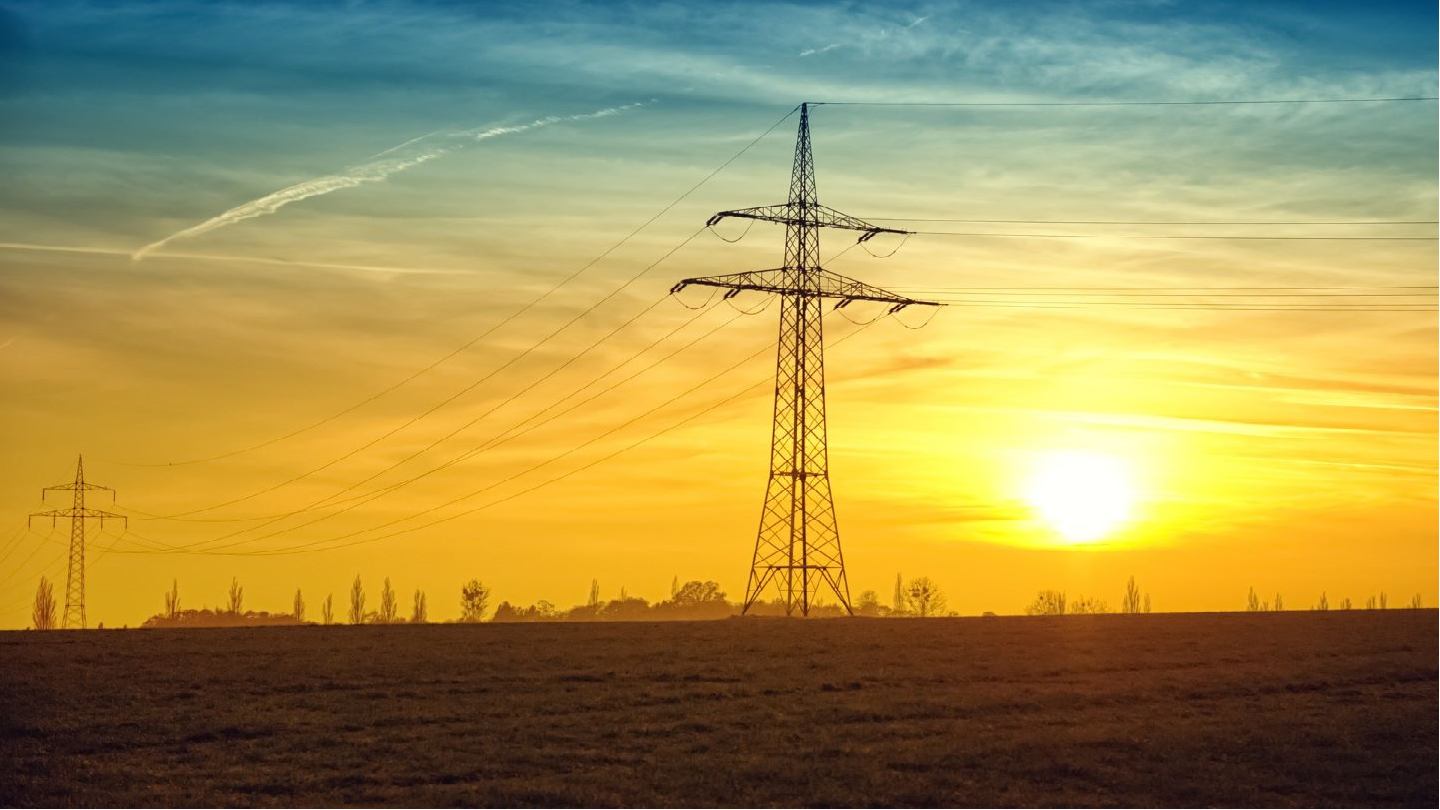
As the owner of the high-voltage electricity transmission network in England and Wales, the National Grid has components of its business that are significantly relevant to railway and aviation operations.
National Grid Electricity Transmission and National Grid Electricity Distribution are the two components of the National Grid business, which supports railway and aviation operations in the UK.
The National Grid notes that the rollout of electrified trains depends on electricity distribution, while airports also have high electricity demands, equivalent to those of a town.
It is expected that there will be an increase in the electrification of ground operations within airports, creating more demand for distribution networks.
A decarbonised future
“At National Grid Electricity Distribution we provide electricity to 8 million customers across the Midlands, South West and South Wales. Over the coming years, our customers will take their own net-zero journeys and will want to decarbonise their heating and transport,” says Paul Jewell, system development manager at National Grid Electricity Distribution.
“As a company, we are looking to build a network looking that has a 50-year life span and is ready for future net zero demand, this means ensuring that cables and substations across our network are ready for a decarbonised future and are able to provide the capacity required for the installation of low carbon technologies and mass electrification.”
How well do you really know your competitors?
Access the most comprehensive Company Profiles on the market, powered by GlobalData. Save hours of research. Gain competitive edge.

Thank you!
Your download email will arrive shortly
Not ready to buy yet? Download a free sample
We are confident about the unique quality of our Company Profiles. However, we want you to make the most beneficial decision for your business, so we offer a free sample that you can download by submitting the below form
By GlobalDataElectrified rail line connectivity
Large-scale electrification is also required for the rail industry. The Transmission side of National Grid has been working with Network Rail to decarbonise its rail network. Network Rail has been performing electrification works to transform its network in order to use greener electric trains.
The rollout of these trains is dependent on an upgrade of the transmission network to allow the connection of electrified rail lines.
“Our Electricity Transmission businesses owns the electricity transmission network in England and Wales and plays a key role in driving the transition to cleaner transport and in connecting new sources of clean energy to meet increases in electricity demand from the transport sector,” says Russell Fowler, senior project manager at National Grid Electricity Transmission.
“It ensures that its customers, from rail operators to heavy industry, are connected to a reliable and secure electricity supply. As part of its role our transmission business works with colleagues at distribution networks, government and the regulator to provide the green energy infrastructure around the country – the wires, the connections – to support the needs of a decarbonised transport
network.”
An example of National Grid’s collaboration with Network Rail is the installation of a supergrid transformer at Bramley substation in Hampshire. This development enables Network Rail to connect to a new trackside feeder station at Holly Cross, which makes the electrification of the line possible.
Similarly, in support of Network Rail’s electrification of the Midland Main Line, one of the busiest lines in the UK, the new substation at Braybrooke in Leicestershire will provide an interface between the railway and the National Grid’s transmission network.
Electricity at 400kV will be taken to a transformer, which will in turn reduce the voltage to 25kV. This electricity will then be distributed along the railway line via track-side feeder stations.
“National Grid Electricity Transmission is continuing to work with the rail industry as further electrification is planned across the network in England and Wales,” says Fowler.
“It is clear that electrification will continue to play a key role in the decarbonisation of the rail network, so our transmission business will be ready to support Network Rail with their rail electrification works and the delivery of a cleaner, greener service for passengers.”
The electrification of aviation
The National Grid cooperates with airport operators to learn more about their energy capacity needs. In terms of airport operations, operators are currently focused on the electrification of on-the-ground operations.
Take Charge, a National Grid project, provides motorway service stations with electricity for large numbers of rapid EV chargers. A similar solution could be used at airports to reach the capacity required for ground operations electrification.
The electrification of airport heating, terminal transport, and other areas of operations is currently challenging. In addition, aircraft are shifting towards alternative fuels, so networks are expected to support the production of hydrogen or SAF for the aircraft, as well as the potential of electric-powered aircraft.
“Whereas in the past, airport electricity demands have been for traditional uses, increasingly airports are looking to electrify more of their internal operations. At National Grid we are ensuring that airports have the capacity required to electrify more of their on-ground operations,” says Jewell.
“Airlines are also starting to investigate the options that are available for decarbonised flights. This may be through hydrogen or electric planes. We are looking at how we can accommodate future demands that may arise from the decarbonisation of aircraft themselves.”






